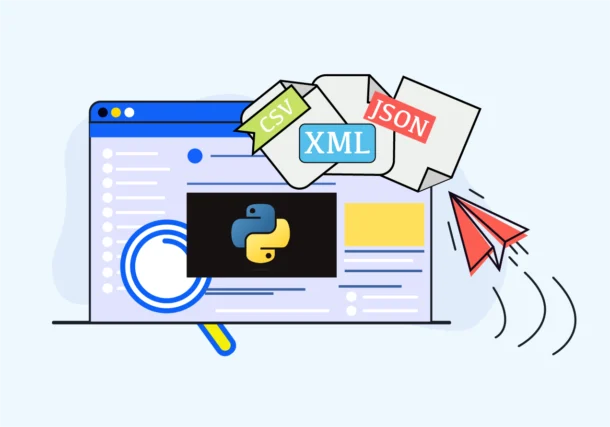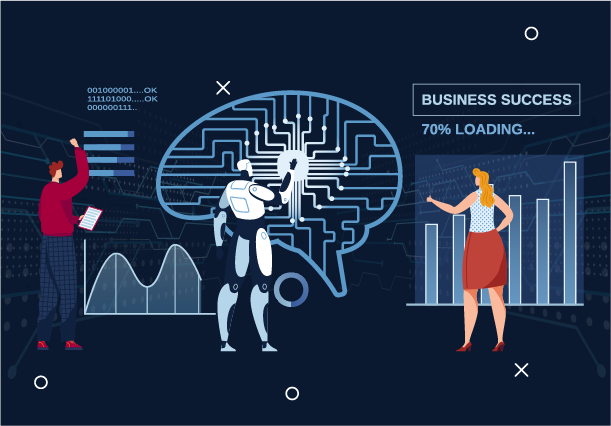Pushing the Boundaries in Machine Learning Using Python by Casting Light on Its Sovereignty
Python is a titan in the field of machine learning, with unmatched power that is changing the face of technological advancement. Its rise to prominence in this field is not just a coincidence; rather, it is evidence of its innate skills and versatility. Machine Learning using Python is the preferred language for both developers and data scientists due to its adaptability and abundance of libraries and frameworks.
Python’s simplicity and readability, which enable quick prototyping and experimentation in machine learning projects, are fundamental to its power. Python provides an inviting environment that is conducive to learning and experimentation for all skill levels, from novices to seasoned professionals. Additionally, its broad community support guarantees that customers have access to a multitude of tools and knowledge to successfully handle challenging machine learning problems.
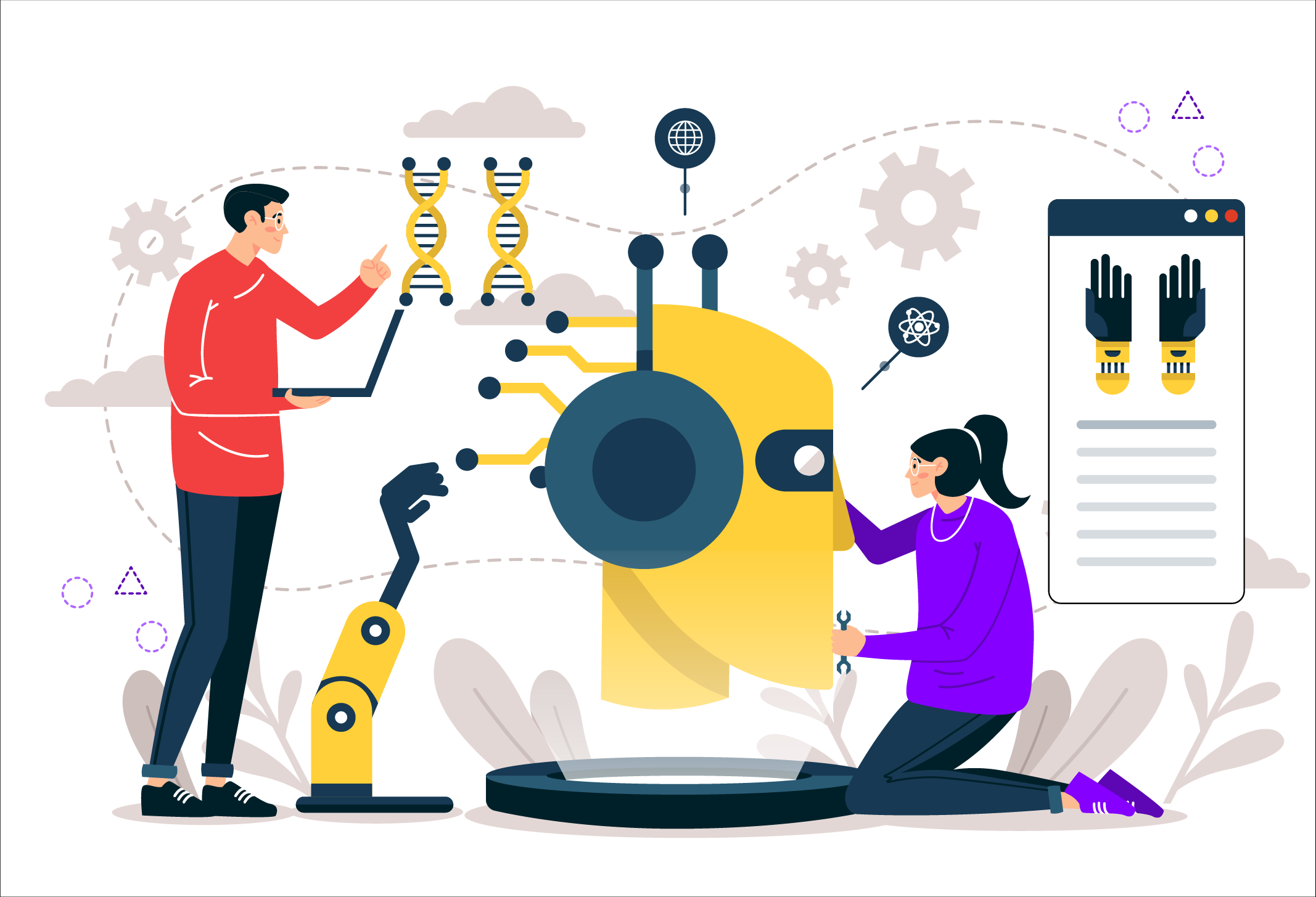
More than just being widely used, Python is also a driving force behind innovation and the expansion of machine learning’s capabilities. In domains like computer vision, reinforcement learning, and natural language processing, developers have discovered new frontiers because of Python’s vast toolkit. Because of its adaptability, ease of use, and creativity, Python is a vital tool for any person or business looking to leverage machine learning.
It becomes clear as we dig more into the specifics of Python’s contribution to the revolution in machine learning that its influence is far-reaching and not limited to the here and now. We begin a journey of continuous discovery and improvement by learning machine learning with Python as the preferred language for machine learning pursuits, driven by the seemingly endless possibilities that lie ahead.
A Journey of Versatility, Libraries, and Simplification; Python’s Dominance in Machine Learning
Python is a force to be reckoned with in the field of machine learning (ML), offering a strong base for development and innovation. The foundation of ML development is its adaptability and versatility, which provide a full toolkit for addressing a wide range of problems. Python’s wide library ecosystem and frameworks contribute to its ML dominance by giving developers a plethora of tools to accelerate their work. Python and machine learning have an extensive library of pre-built functions and modules designed for machine learning tasks, ranging from industry-standard libraries like TensorFlow and PyTorch to specialist tools like sci-kit-learn.
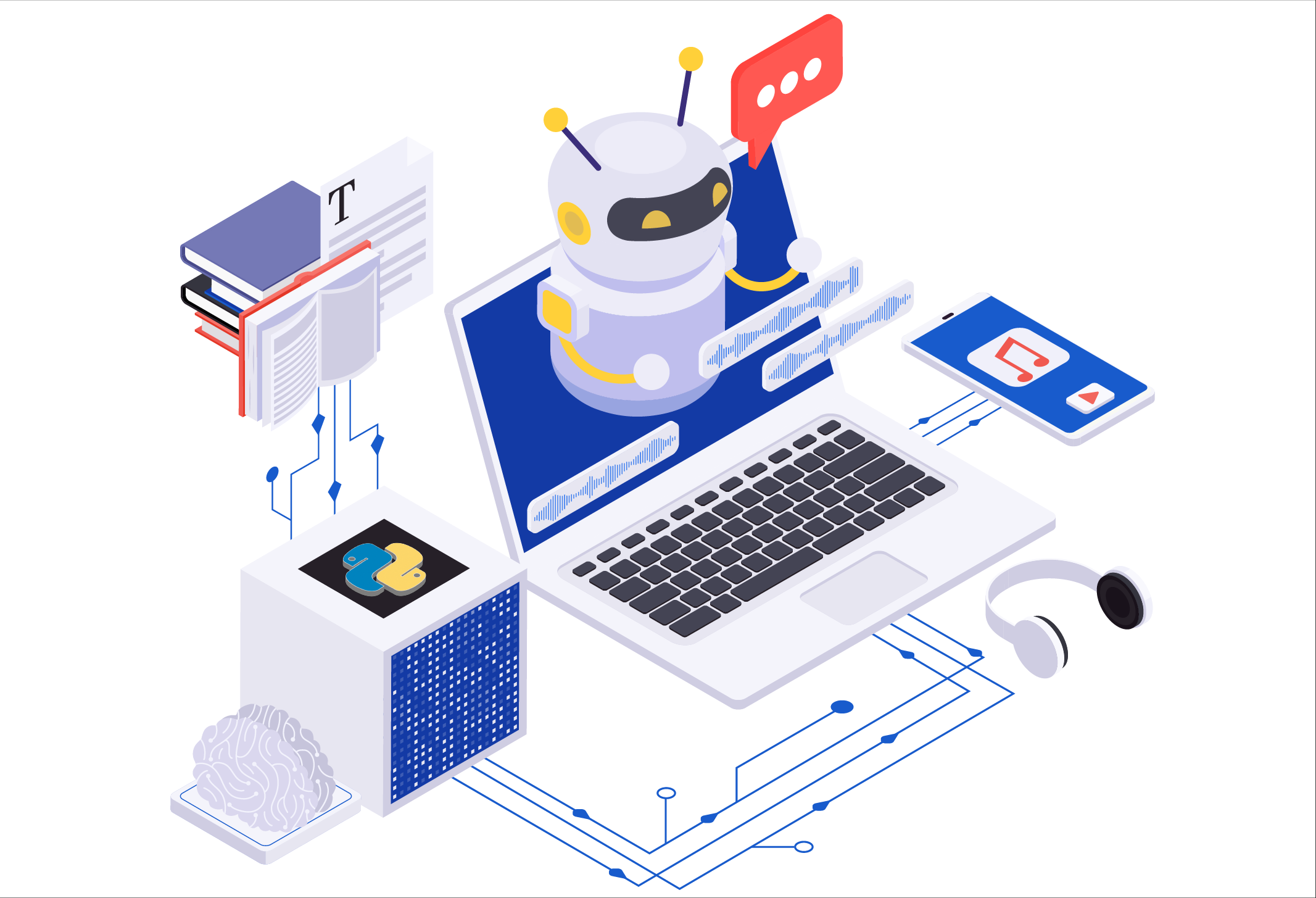
One cannot stress Python’s role in making complicated machine learning methods simpler. Python’s expressive syntax and ease of use allow developers to create complex machine-learning models with relative ease. The ML community collaborates and shares knowledge more easily thanks to the language’s readability and accessibility, which quickens the rate of innovation. Python continues to be at the vanguard of machine learning as it develops and diversifies, always changing to fit the needs of contemporary data science.
Python’s versatility, large library ecosystem, and ability to simplify complicated techniques are what make it the industry leader in machine learning. Python is a vital tool for transforming data into usable insights as businesses use machine learning (ML) to spur innovation and gain a competitive edge. The potential for progress and discovery is endless when Python serves as the foundation for machine learning research, bringing in a new era of automation and intelligence.
Python’s Transformative Influence on Streamlining Machine Learning Processes
Python has had a significant impact on the simplification of machine learning (ML) procedures, transforming the methods used by data scientists and developers to create and implement models. Python, with its vast ecosystem of libraries and frameworks that speed up development and improve efficiency, has emerged as the cornerstone of machine learning due to its flexibility and adaptability.
Automating and streamlining machine learning workflows is one of Python’s main contributions. The time and effort required for development can be greatly decreased by automating repetitive operations like data preprocessing, model training, and evaluation with libraries like sci-kit-learn and TensorFlow. Furthermore, ML models may be easily integrated into production processes because of Python’s broad automation capabilities.
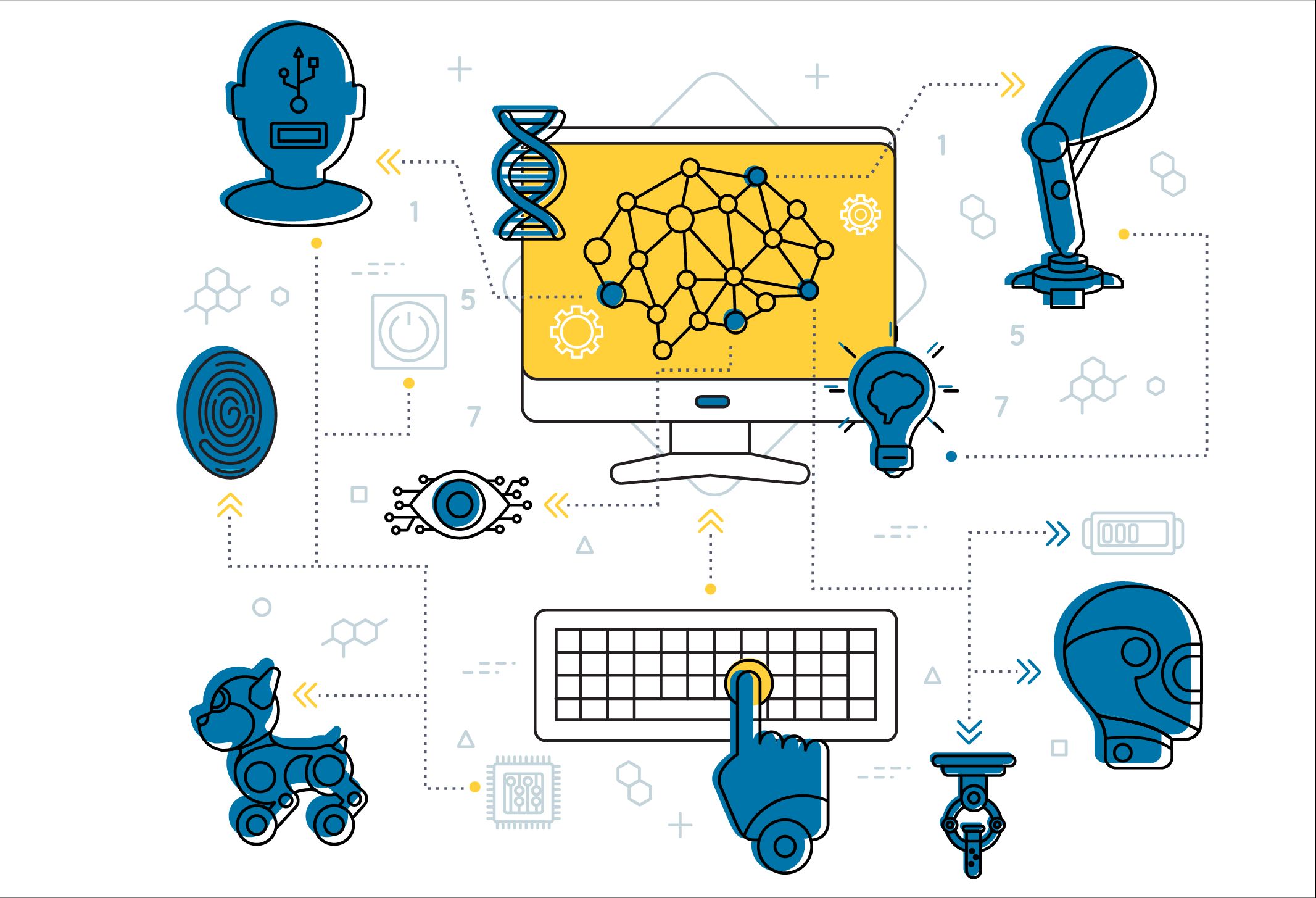
Python is not only useful for automation but also for data preprocessing and feature engineering, two critical phases in the creation of machine learning models. Robust tools for data transformation, cleaning, and manipulation are provided by its extensive library, which includes Pandas and NumPy. Additionally, because of Python’s versatility, data scientists can experiment with different feature engineering strategies to maximize the accuracy and performance of their models.
Beyond data preprocessing, Python and machine learning have an impact on model training and assessment. Developers may easily create complicated neural networks and deep learning models with frameworks like PyTorch and TensorFlow. Data scientists can easily prototype and experiment using Python due to its dynamic nature and intuitive syntax, which allows them to tweak their models effectively and make iterations more quickly.
Python provides rich support for validating and evaluating models, with packages such as sci-kit-learn offering a broad toolkit and collection of metrics. This makes it possible for engineers to precisely evaluate the performance of the model, spot possible problems, and decide how best to enhance the model’s efficacy.
One cannot overestimate Python’s contribution to ML process simplification. The development, deployment, and maintenance of ML models have undergone a radical change thanks to its abundance of libraries, automation capabilities, and adaptability. Python is still the preferred language for data scientists and developers looking to efficiently use machine learning as the need for complex ML solutions rises.
Elucidating Real-world Success Stories in Machine Learning by Trekking Python’s Impact
Beyond the world of programming languages, Python has a significant impact, especially in machine learning (ML). Python’s ease of use and adaptability have made it the preferred language for creating machine-learning solutions across a wide range of industries. Python is used in finance for risk management, algorithmic trading, and fraud detection, demonstrating its usefulness in intricate financial systems. Similar to this, Python is used in healthcare for medication research, patient diagnostics, and medical image analysis, empowering medical personnel to make data-driven decisions that improve patient outcomes.
Apart from being extensively used in many industries, Python has also been used in several notable machine-learning applications. For example, Netflix uses Python to power its recommendation algorithms, which examine watching history and preference data to provide tailored content recommendations. Similar to this, NASA uses Python for data visualization and analysis in space exploration missions, proving its dependability in managing substantial amounts of intricate data for vital applications.
Industry-leading digital giants like Google and Facebook have adopted Python for machine learning innovation, propelling both commercial expansion and technological breakthroughs. Built on Python, Google’s TensorFlow is a well-known machine learning framework that’s used extensively for creating sophisticated ML models for a range of applications, such as natural language processing and picture identification. Python is also widely used by Facebook to analyze user activity and customize content on the network, increasing user satisfaction and engagement. These real-world success stories highlight Python’s critical role in influencing machine learning’s future and its influence in a variety of fields, including entertainment and space research.
Ingenious Eventuality Trends and Career Trajectories; Python’s Ascendancy in ML
Python’s vast libraries and adaptable features have made it a dominant force in the field of machine learning (ML), changing the game. It has an impact on a wide range of industries, helping businesses to simplify intricate ML procedures and discover new opportunities. Python plays a variety of roles in machine learning, including training and evaluating models, preparing data, and other crucial activities.
Python’s extensive ecosystem of modules and frameworks designed specifically for machine learning development is one of its main advantages. Libraries like pandas, scikit-learn, and NumPy offer strong tools for data analysis, modeling, and manipulation. Furthermore, deep learning frameworks such as TensorFlow and PyTorch enable programmers to design complicated neural networks for demanding applications such as natural language processing and picture recognition.
Machine learning with Python’s influence goes beyond its technical prowess to include its useful uses in everyday situations. Python is used by businesses in a variety of industries for machine learning applications, ranging from computer vision in healthcare to predictive analytics in finance. For instance, Python is widely used by businesses like Google and Facebook to create sophisticated algorithms that drive their goods and services, demonstrating its adaptability and efficiency in practical contexts.
In the future, Python machine learning algorithms are expected to maintain their leadership in the machine learning space, helped along by new developments and innovations. Python is at the vanguard of ML applications, stimulating innovation and empowering practitioners to push the limits of what’s feasible in the field as these applications grow more common and advanced. Furthermore, experts can look forward to a bright future in Python-based machine learning development, as the field’s need for qualified practitioners is predicted to rise in step with the growth of ML technology.
A Strategic Choice for ML Advancement with Pattem Digital by Clasping Python
Python is the foundation of contemporary machine learning, enabling efficient development procedures ranging from preprocessing data to training models and other tasks. Its adaptability and vast library ecosystem provide a solid foundation for putting complicated algorithms into practice and spurring creativity in a range of sectors. Success stories from the real world highlight Python’s usefulness and show how it powers machine-learning initiatives in a variety of industries. In the future, Python development service is expected to maintain its dominant position in the machine learning space, as fresh developments and breakthroughs present new chances for experts in the field. With its proficiency in Machine learning using Python, Pattem Digital is prepared to assist companies in utilizing this powerful technology to achieve revolutionary results.




